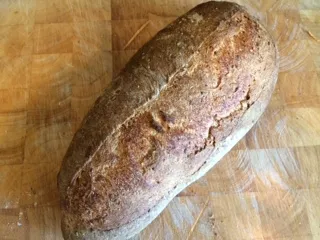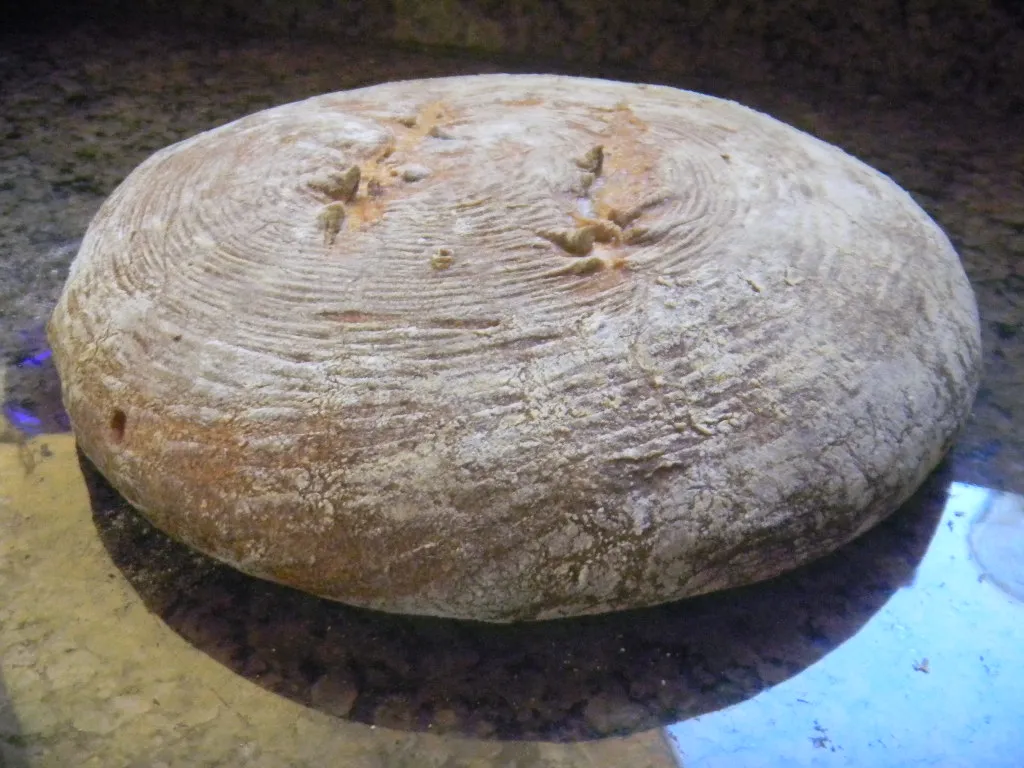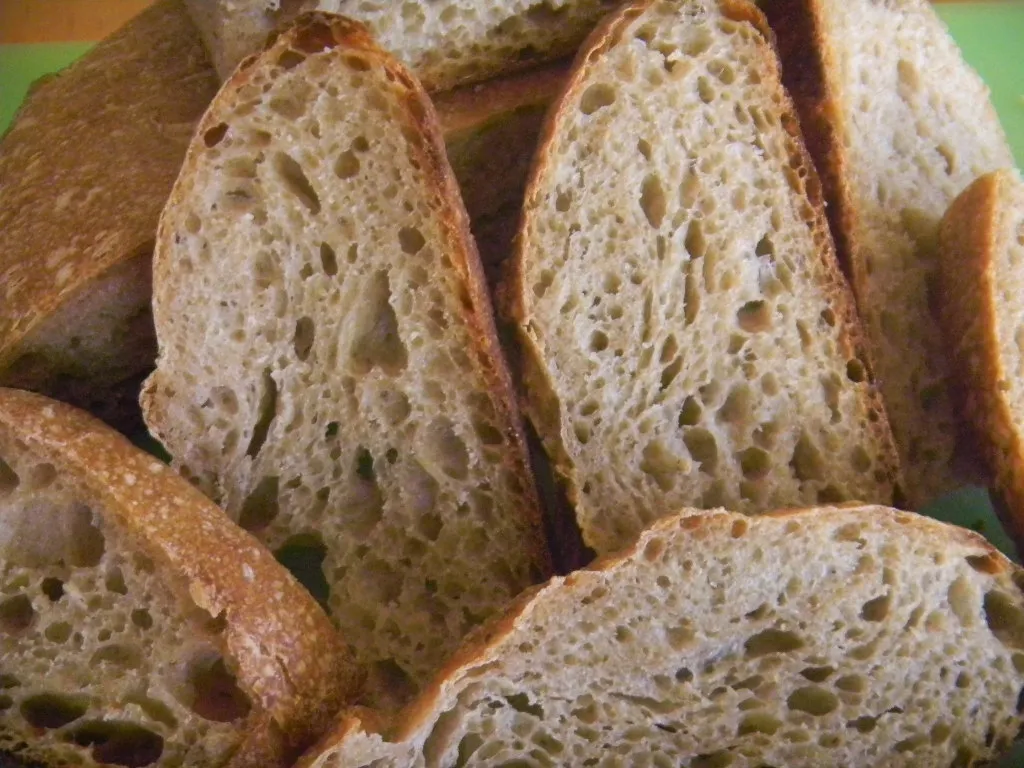Sacaduros - 46 Percent Whole Grains

Lucy has wanted to make some of these fine rolls ever since she saw them here
http://www.thefreshloaf.com/node/38178/sacaduros
But ours didn’t open up like they were supposed to at the folds over the chunk of butter You are supposed to use a lower hydration sort of white hearth bread for these rolls but we used our recent 8 whole grain mix using the 85% extraction for the dough flour.
- Log in or register to post comments
- 11 comments
- View post
- dabrownman's Blog







